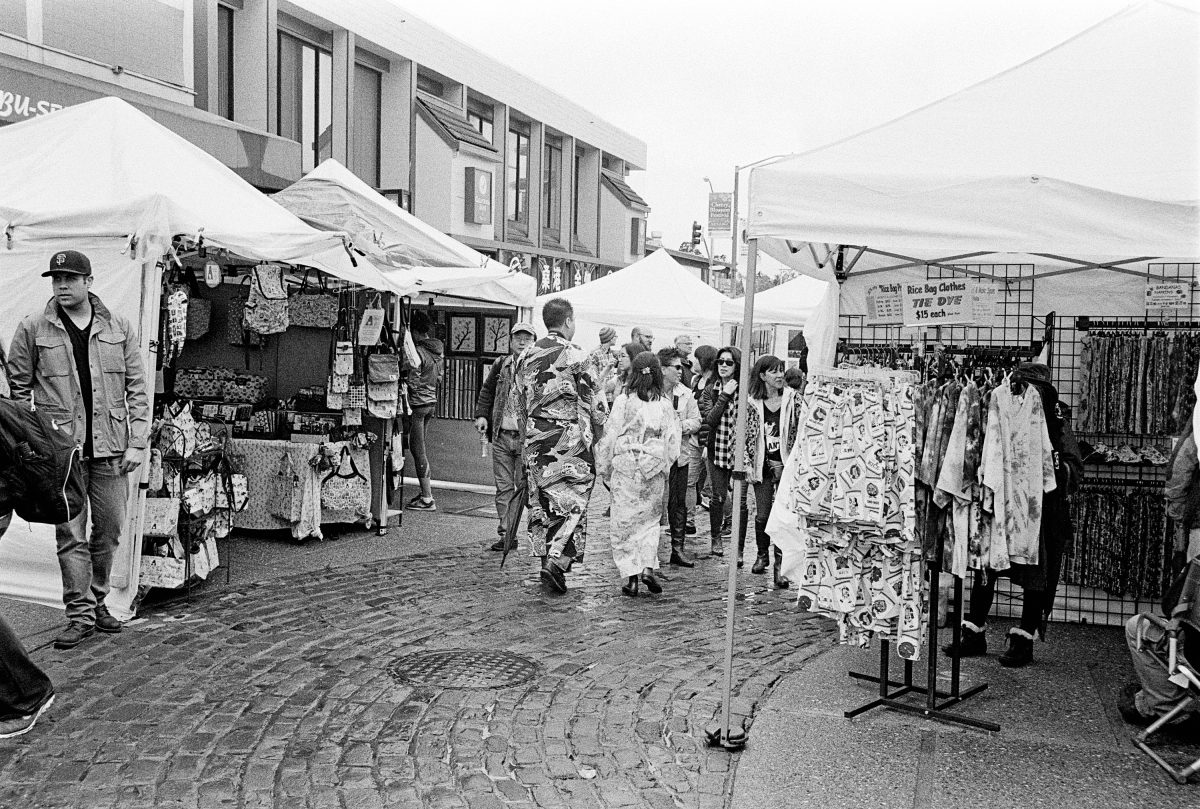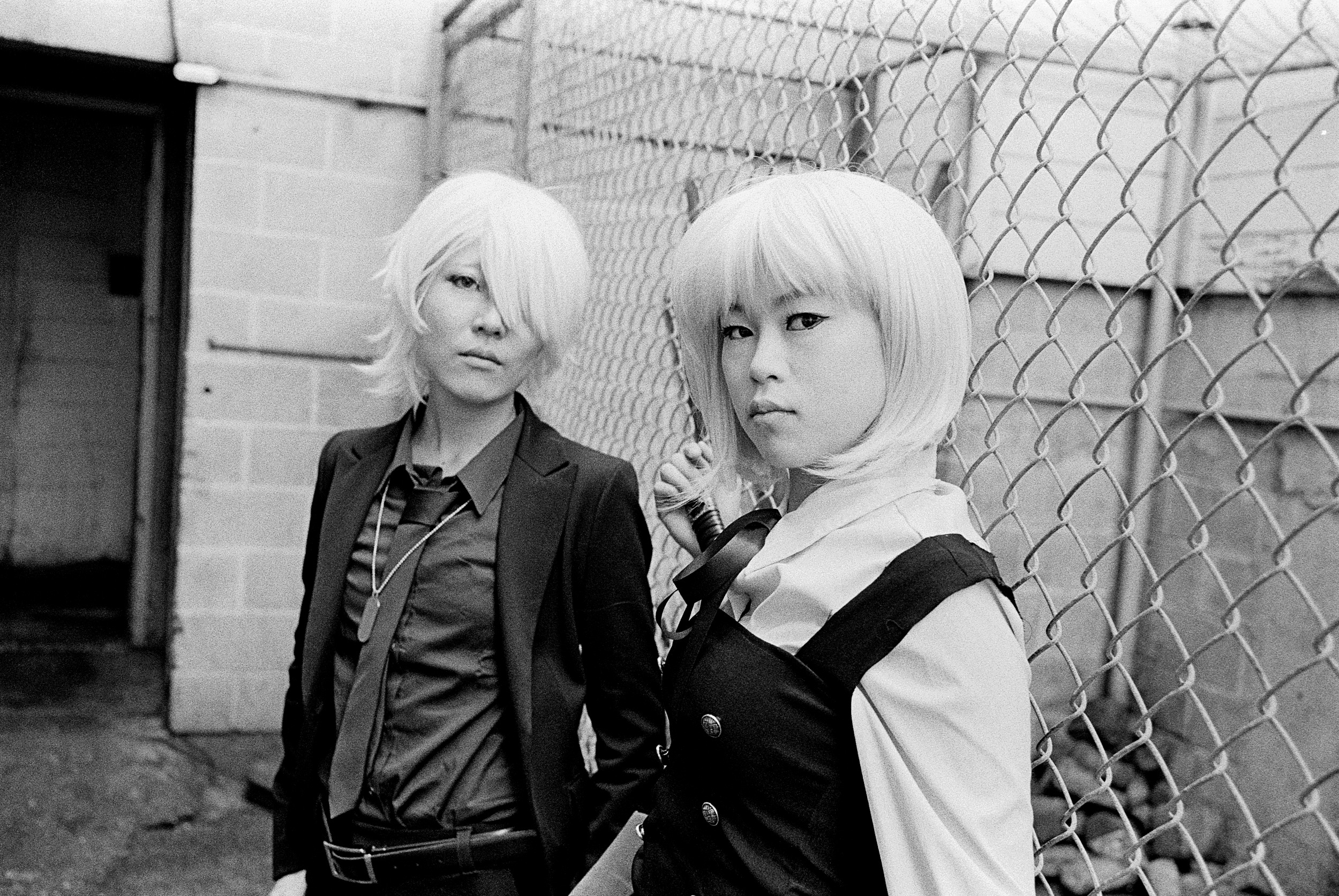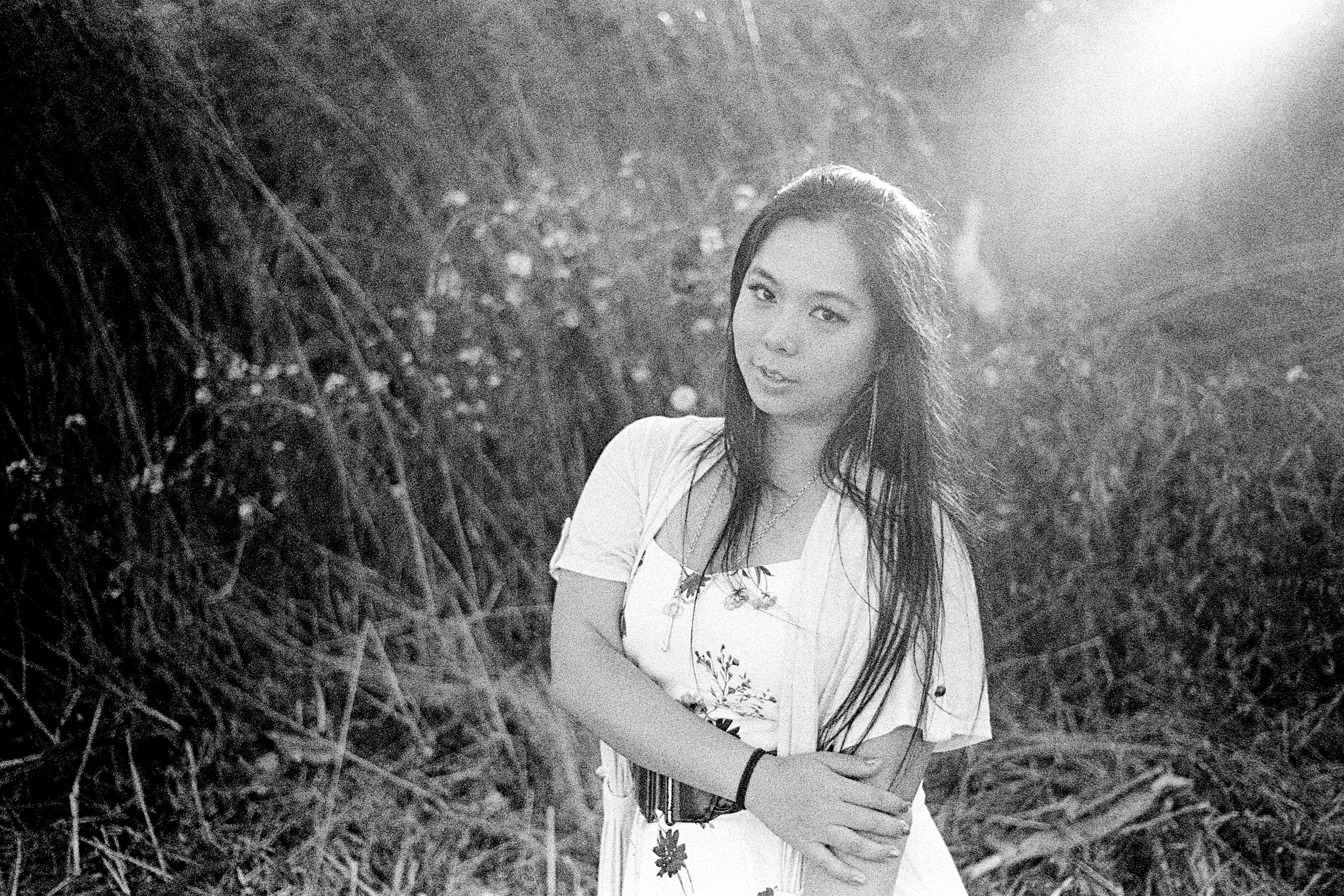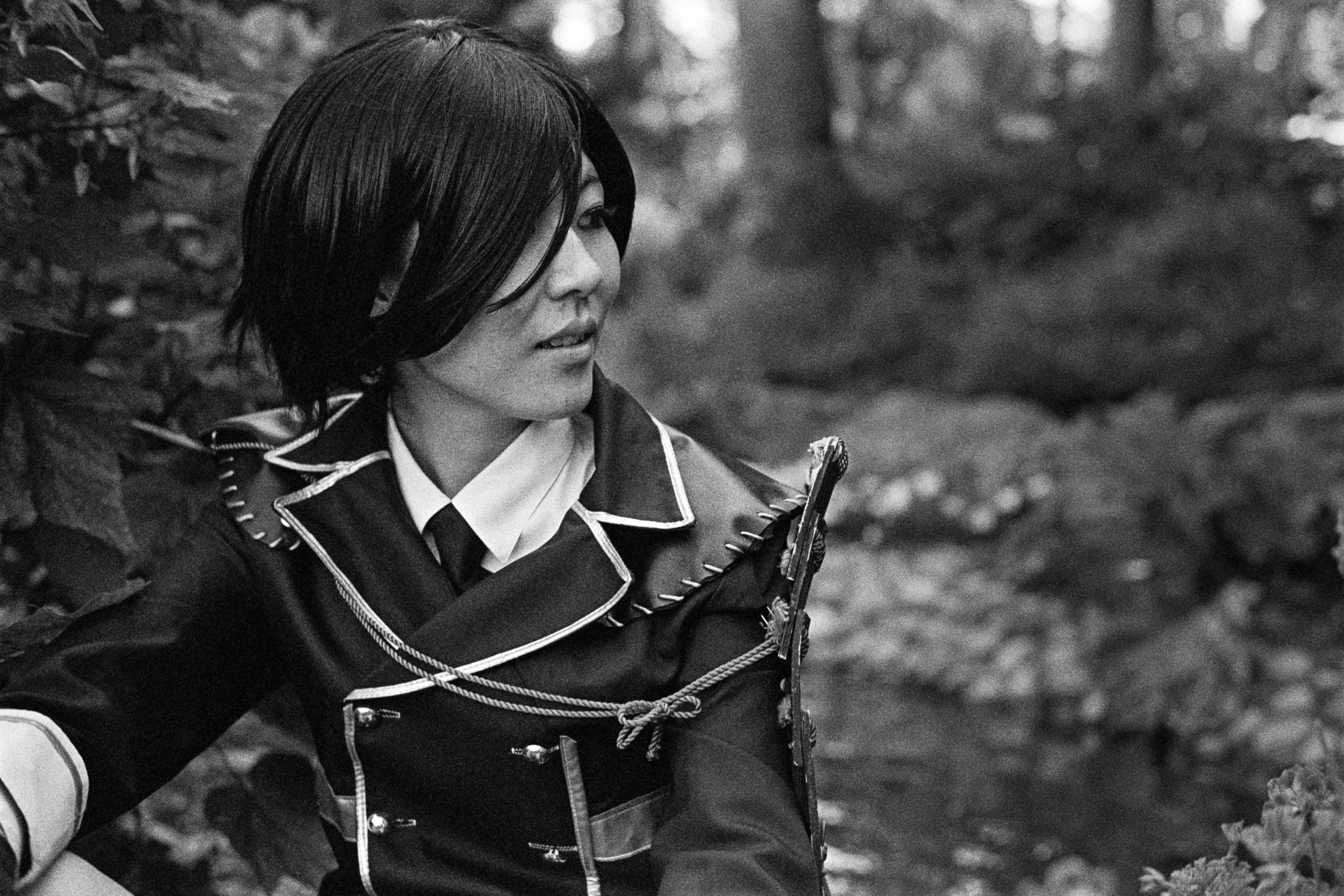In search of a slightly higher speed black and white film
My favorite black and white film stock is Fuji's Neopan 100 Acros by far. To my eye, it has creamy and rich blacks that still retain a lot of detail. However, there are plenty of situations where an ISO 100 film is just a tad too slow. In my hunt for something slightly faster, I came across some Kodak Double-X cinema film which is rated at ISO 200. I snagged some rolls packaged by Camera Film Photo and went off shooting.
Leica M6 TTL, Summicron 35mm ASPH, Kodak BWXX, 1+100 Rodinal
It's surprising how much an extra stop buys you in terms of flexibility. In heavily shaded areas I am able to keep my shutter speed reasonable while maintaining some depth of field.
Leica M6 TTL, Summicron-M 35mm ASPH lens, Kodak BWXX @ 200, 1+100 Rodinal developed
In terms of looks and feel, the film isn't as creamy as the Neopan 100 Acros. If I'd have to peg the film stock's characteristic, I'd say it's neutral. It neither adds nor subtracts from the shot. The grain is more visible as well. Perhaps this is a result of processing it using my normal semi-stand developing recipe, or maybe that's just how the film stock is.
Leica M6 TTL, Summicron 35mm ASPH, Kodak BWXX, 1+100 Rodinal
So what role does this 200 speed film play that a 100 speed or even a 400 speed film couldn't do?
For street photography, I feel that the tried and true 400 speed film is just a better overall choice since it provides the best balance of flexibility and grain size. For studio portraits, I'd rather choose a 50 or 100 speed film to minimize grain as much as possible. More light could be added by using studio strobes or continuous light sources.
Leica M6 TTL, Summicron-M 35mm ASPH lens, Eastman Double-X film @ EI200, 1+100 Rodinal developed
I feel that 200 speed works best for environmental portraits or street portraits. In those situations, extreme depth of field isn't necessary (or desired in some cases), but some grain size minimization could be sacrificed for allowing a faster shutter speed in lower light conditions. While 100 speed film can be pushed, it generally increases contrast which may or may not be desired.
Below is not very scientific comparison of how Kodak Double-X film compares against Fujifilm Neopan 100 Acros and Bergger BRF-400.
Seeing how Double-X stacked against Bergger BRF-400 film though, I'd be more inclined to pick the 400 speed film since it's not that much more grain and you gain another stop of light sensitivity.
Double-X isn't a bad film by any stretch. I think that what detracts me the most is the cost. Buying repackaged cinema film is an expensive proposition. On the other hand, if you're able to get a hold of a short roll of the actual cinema film stock, that would probably be a better value proposition. The bonus is that Double-X has not rem-jet layer to remove unlike color cinema film!
Overall I like the film and would definitely buy more if the price is right. Thanks for reading!







